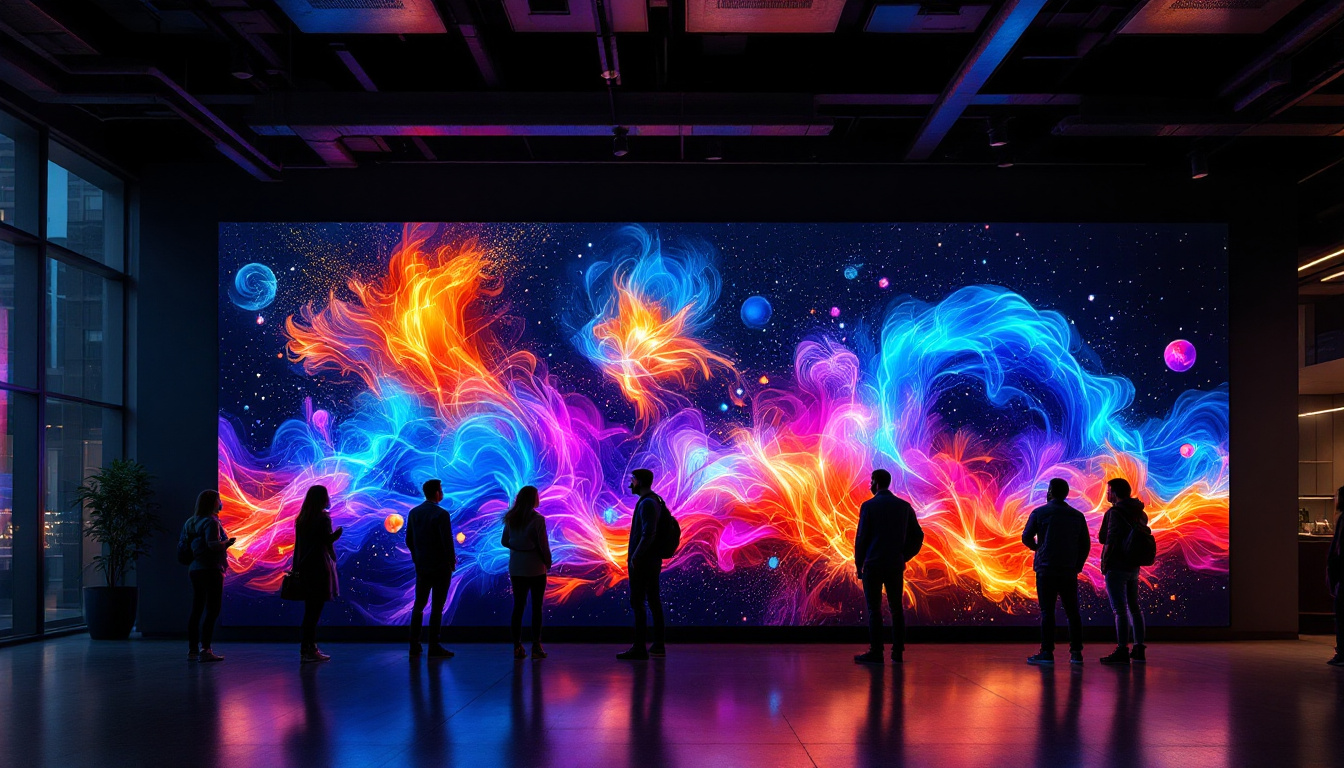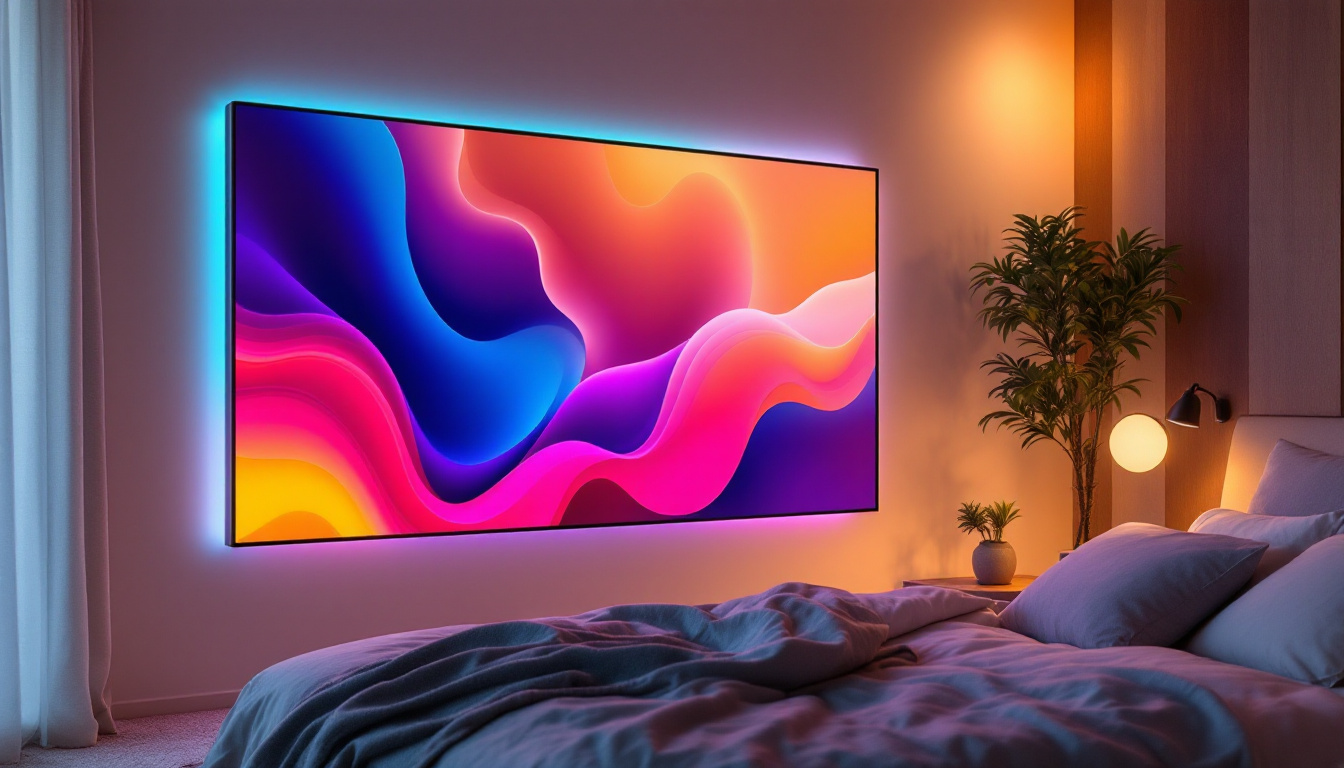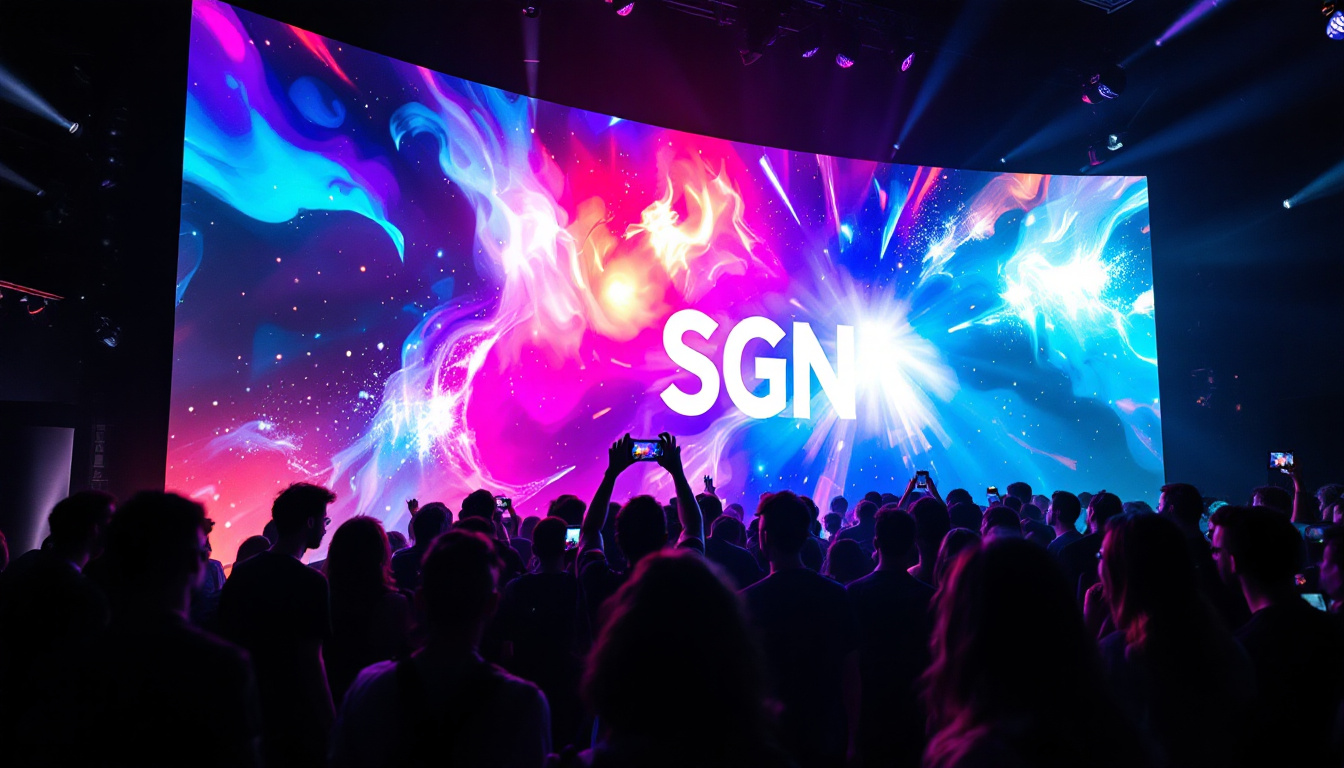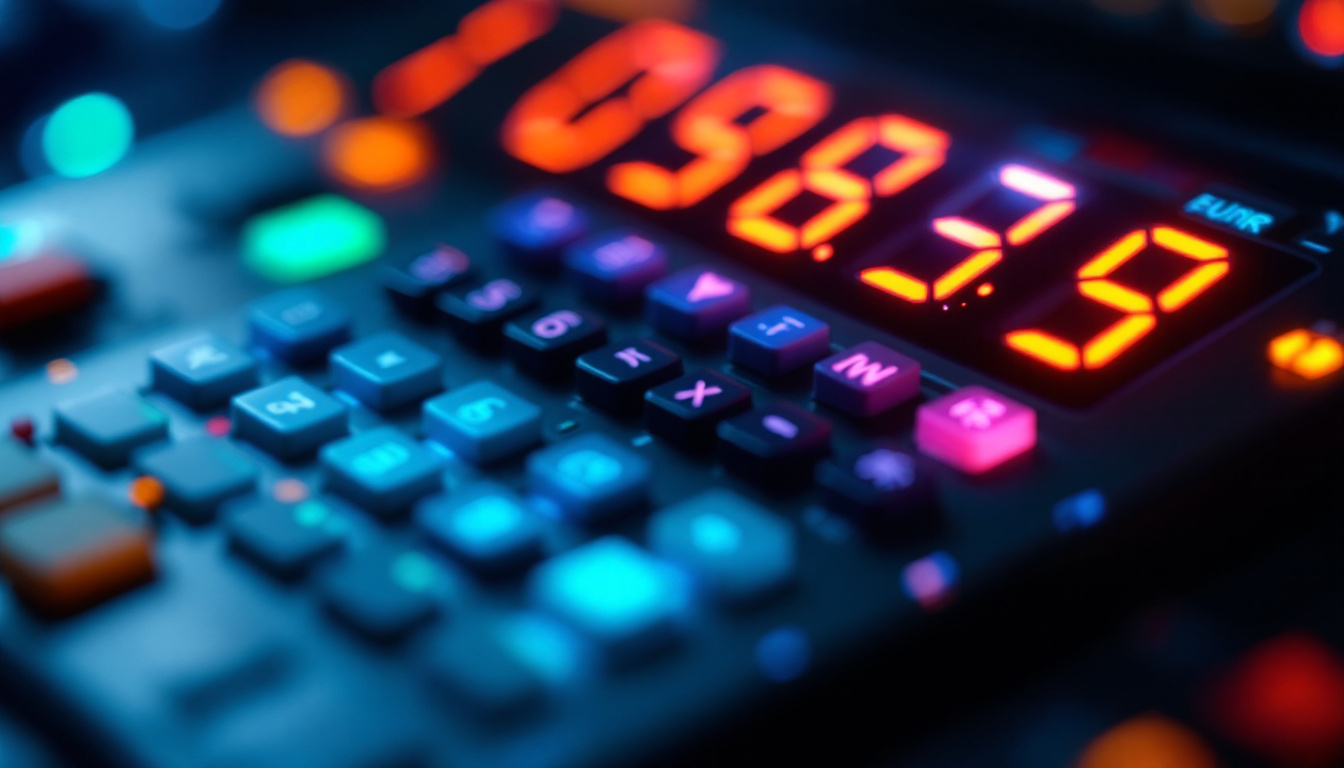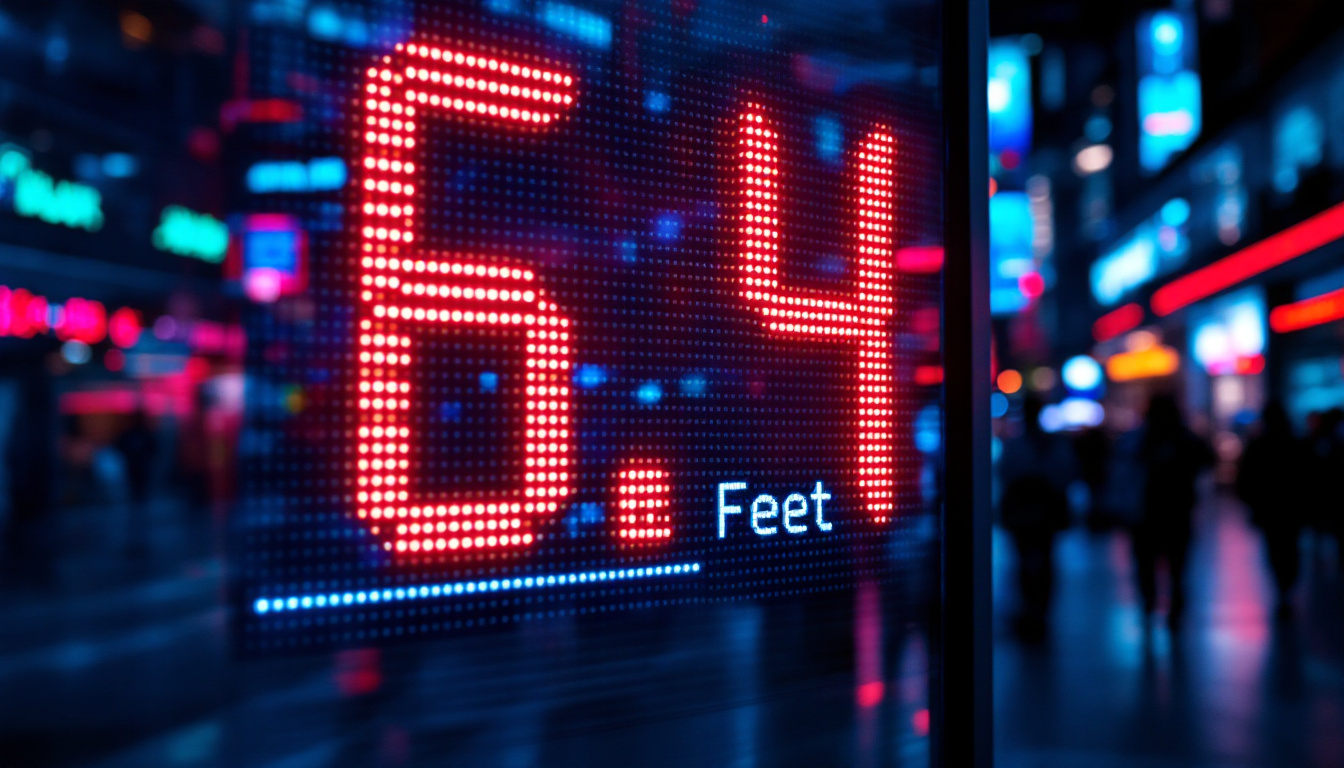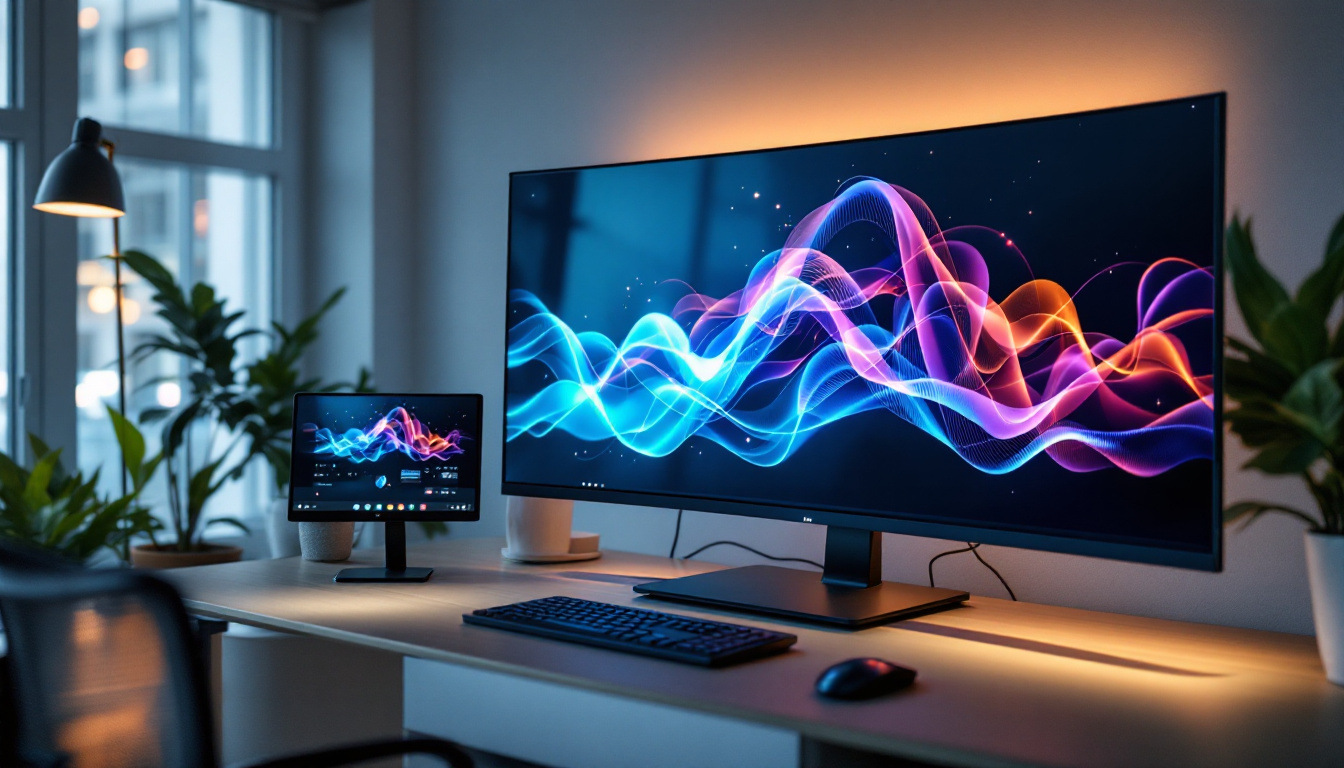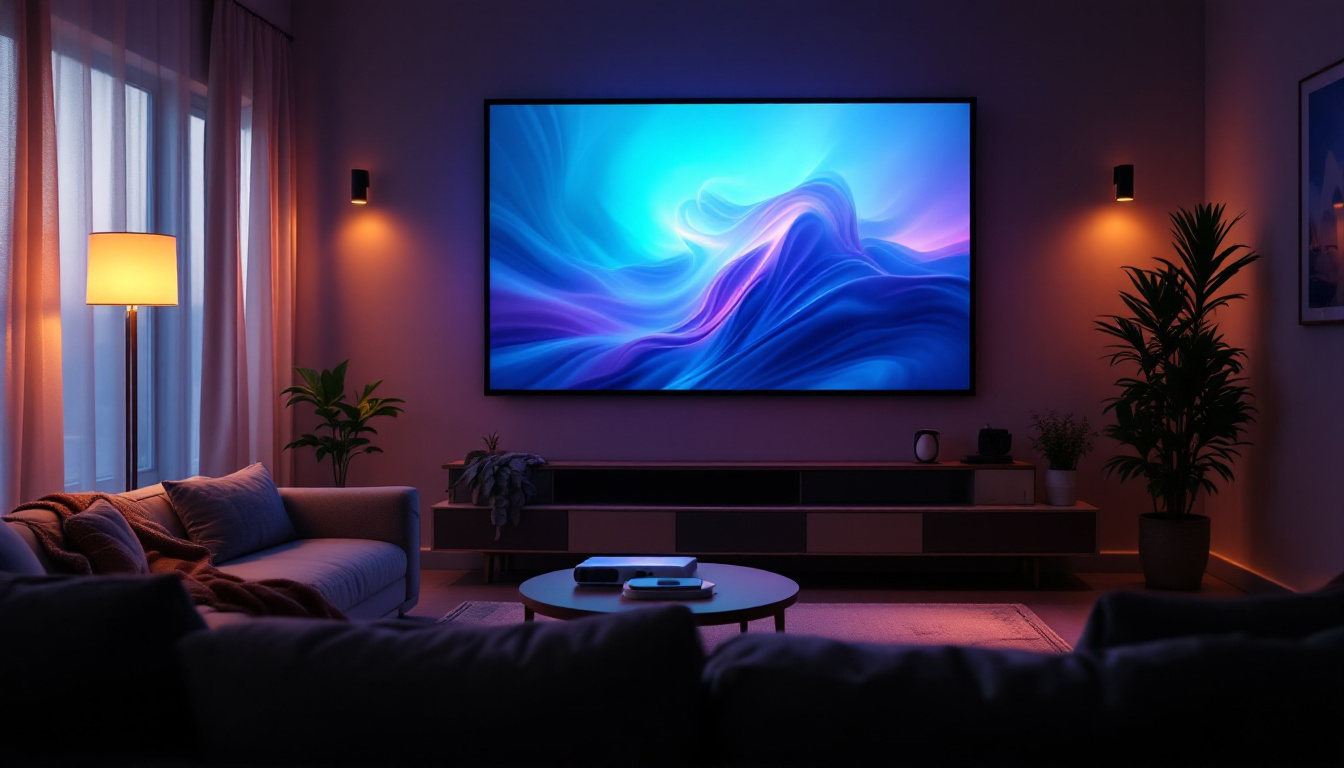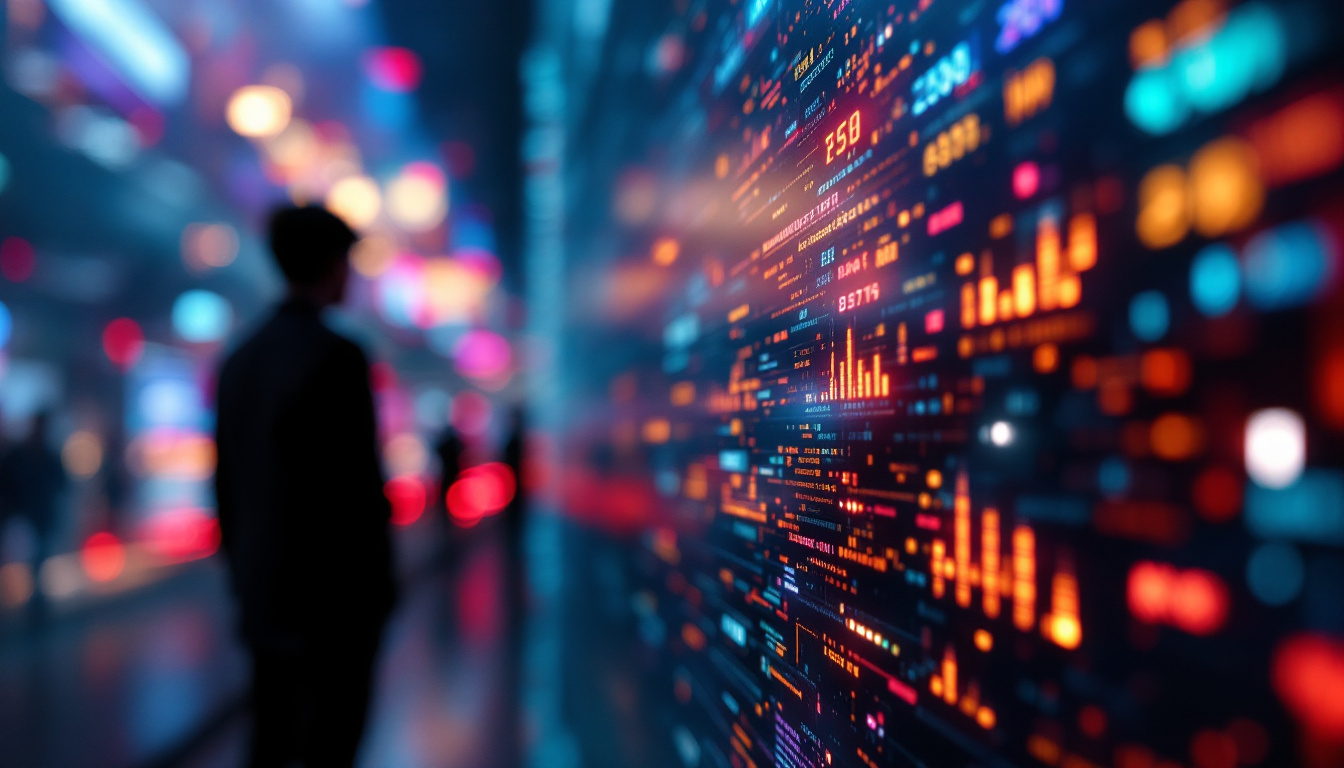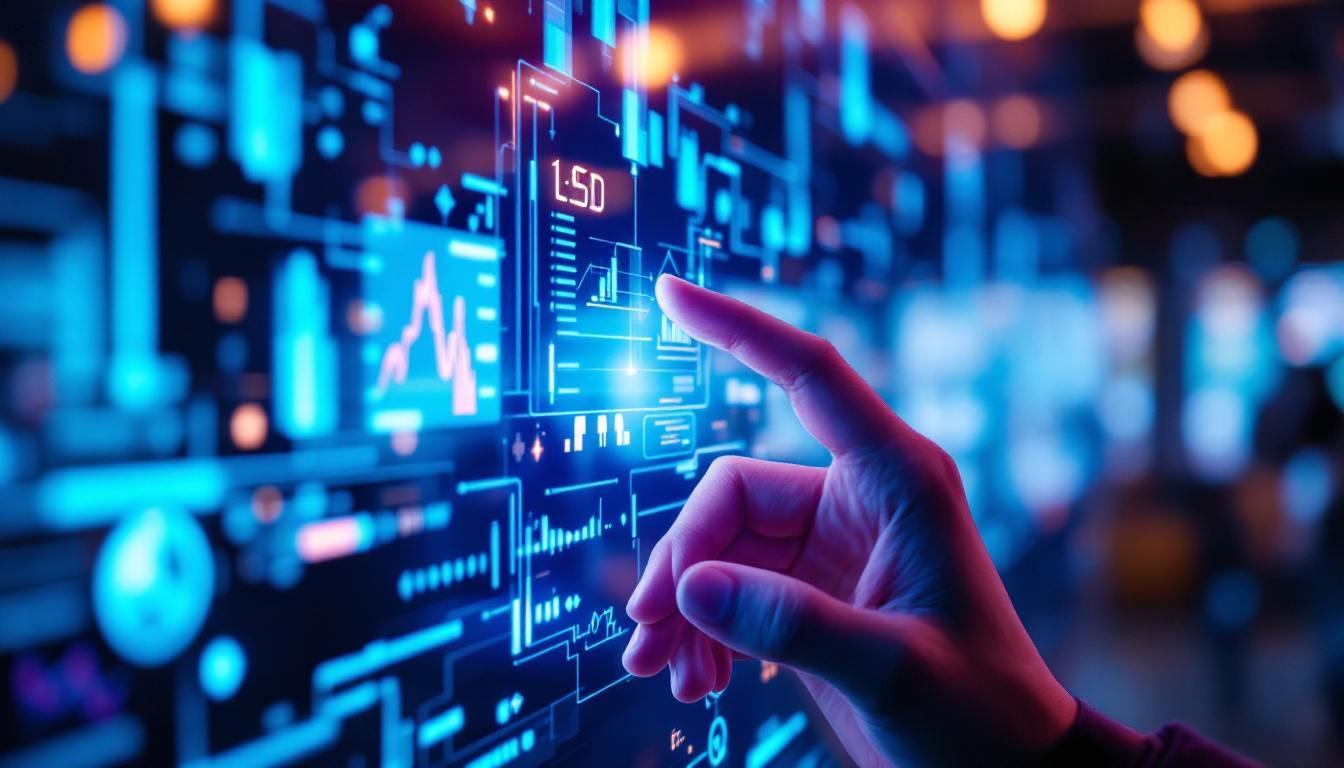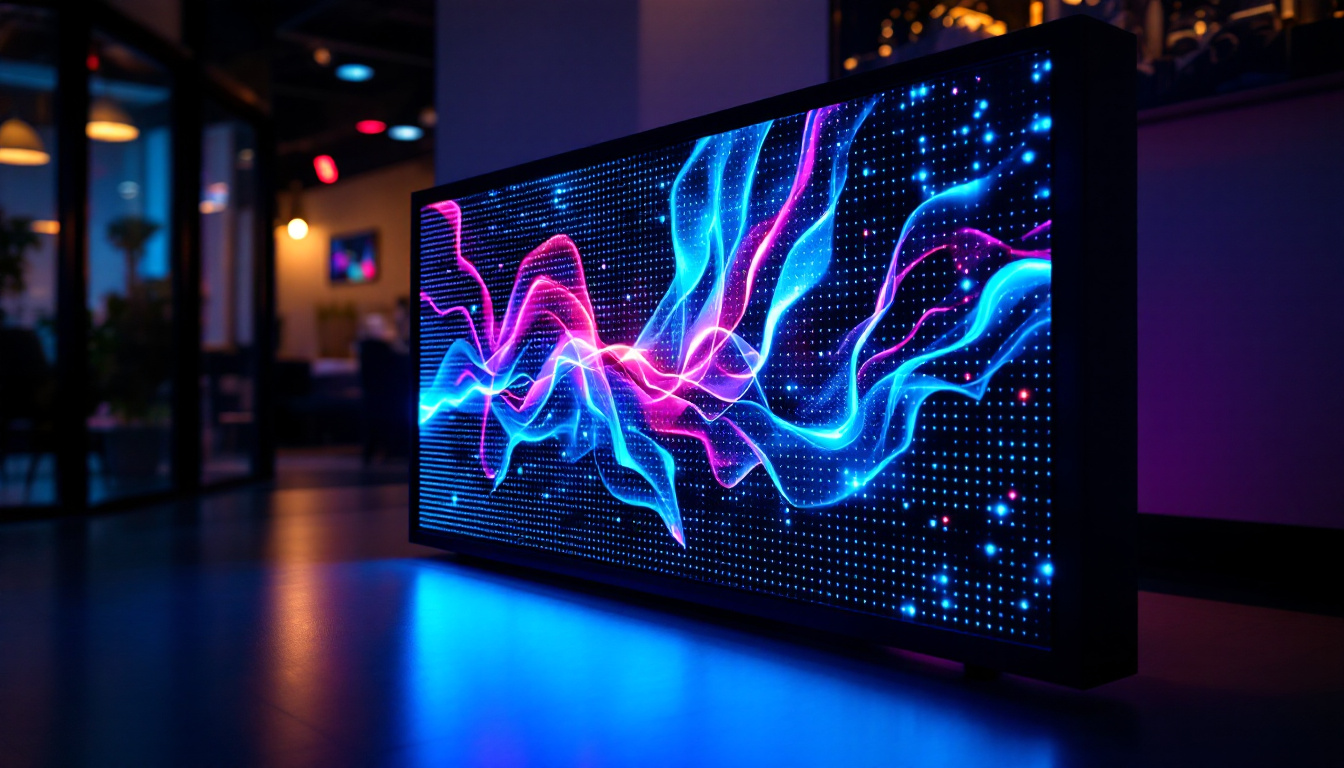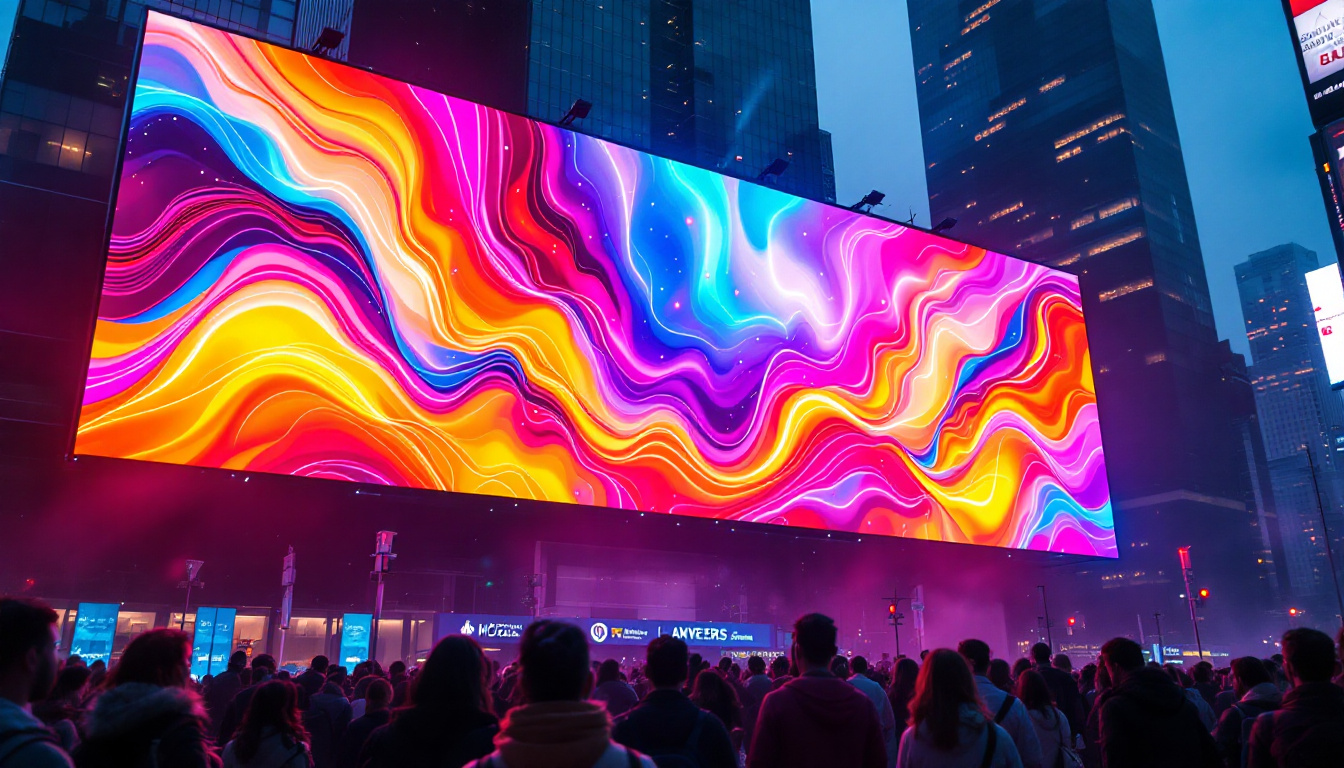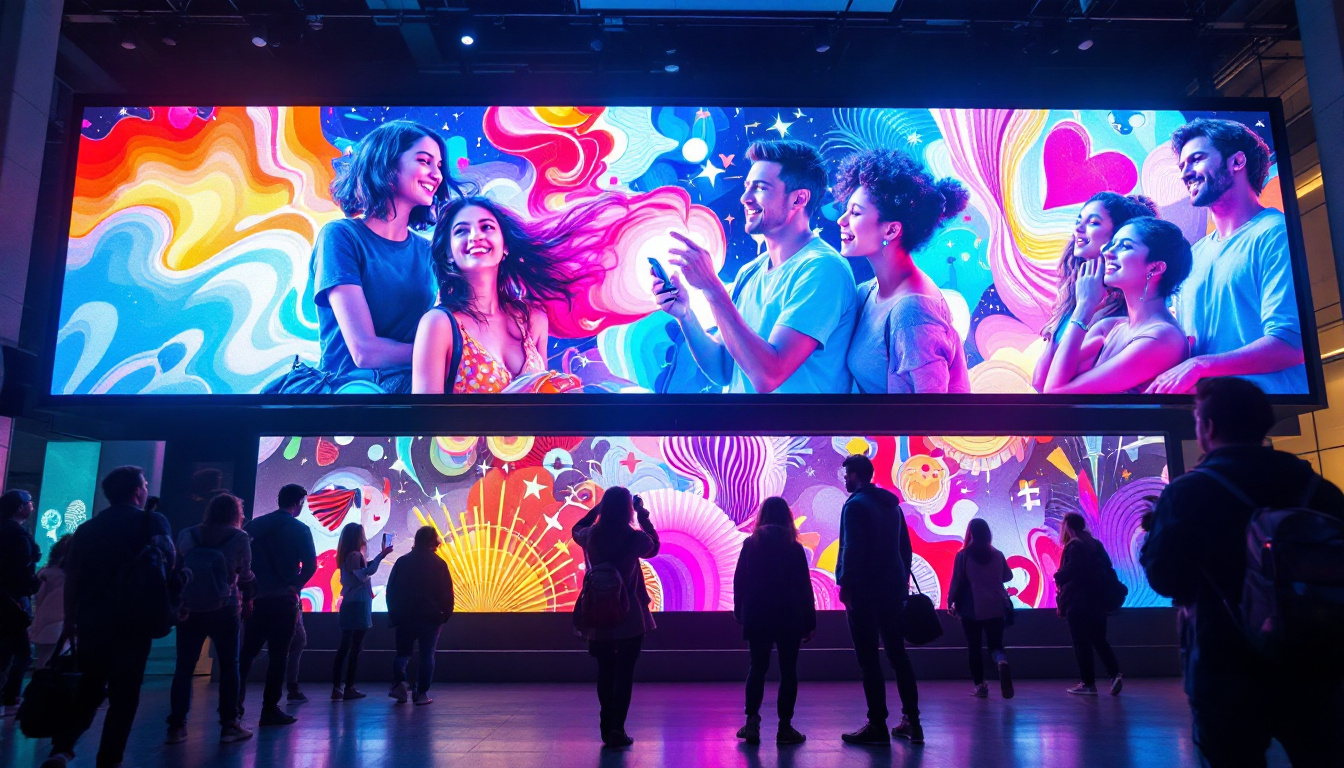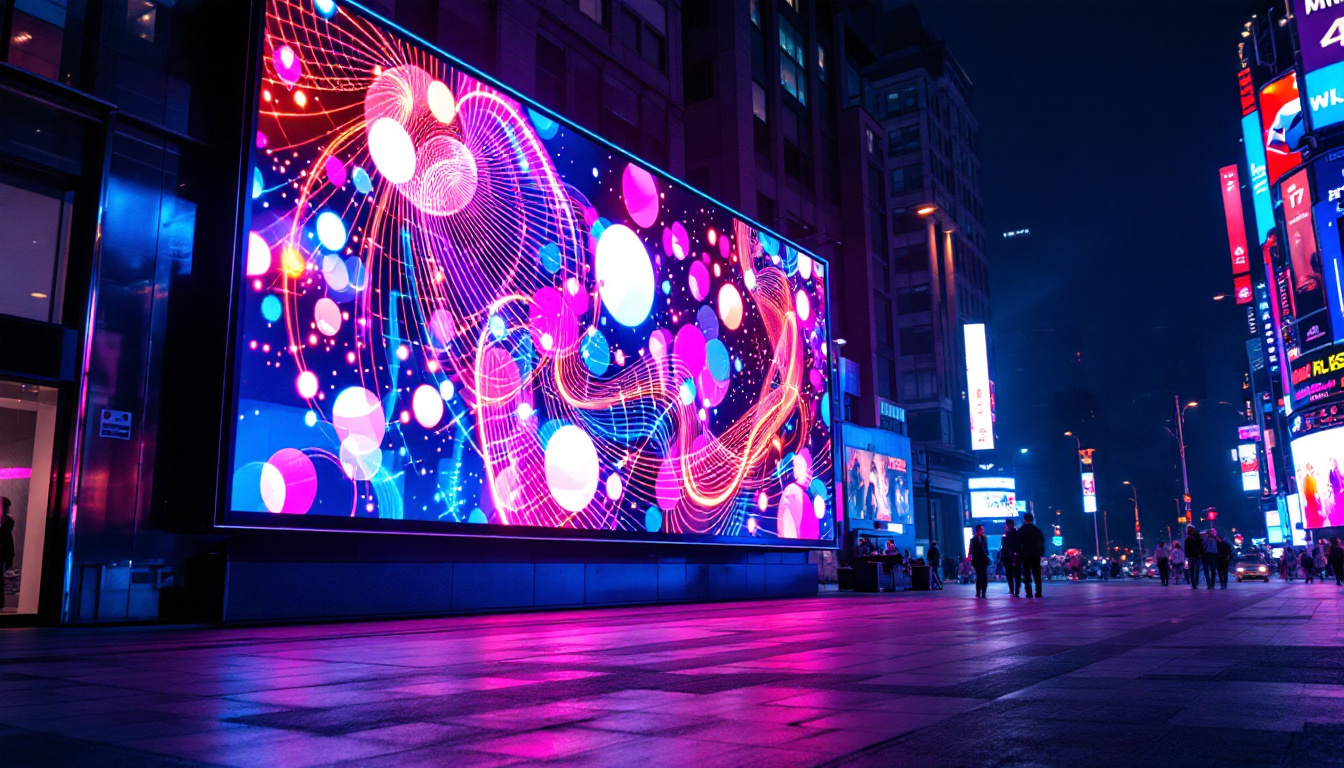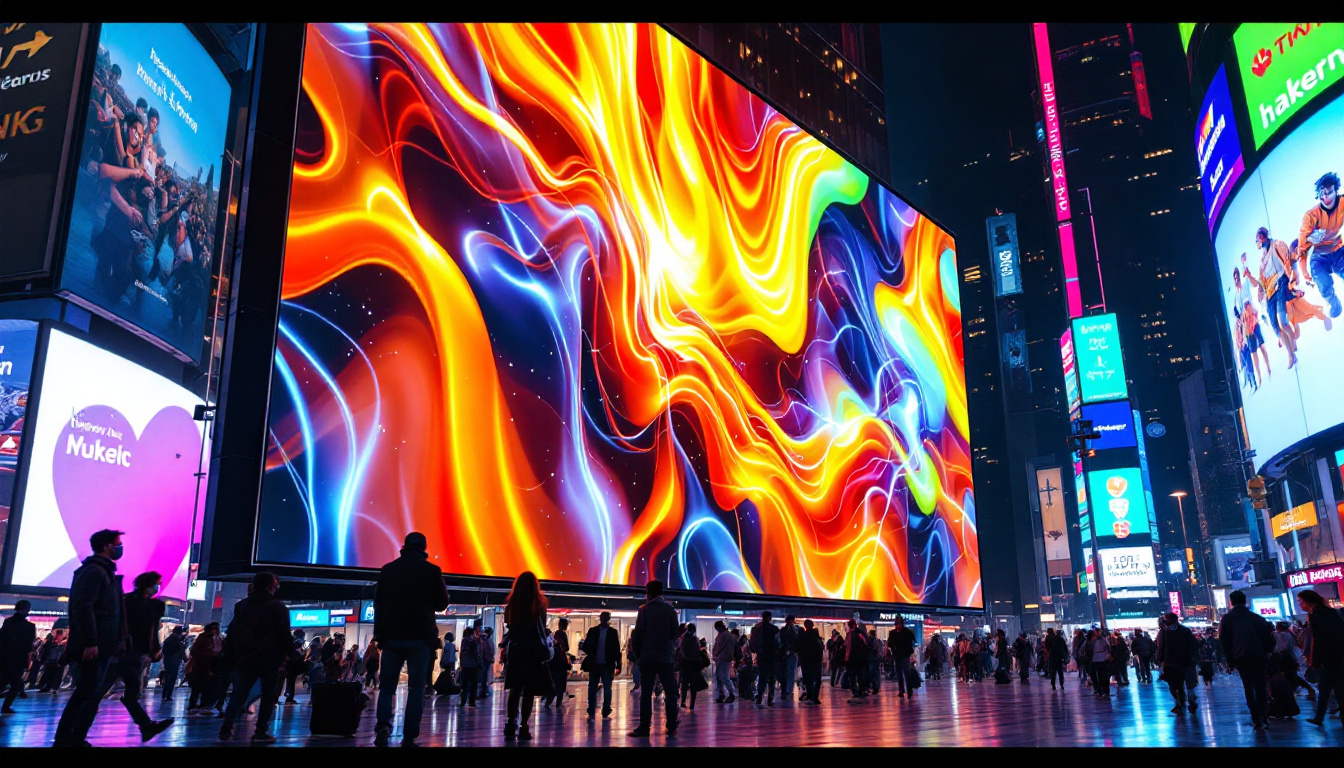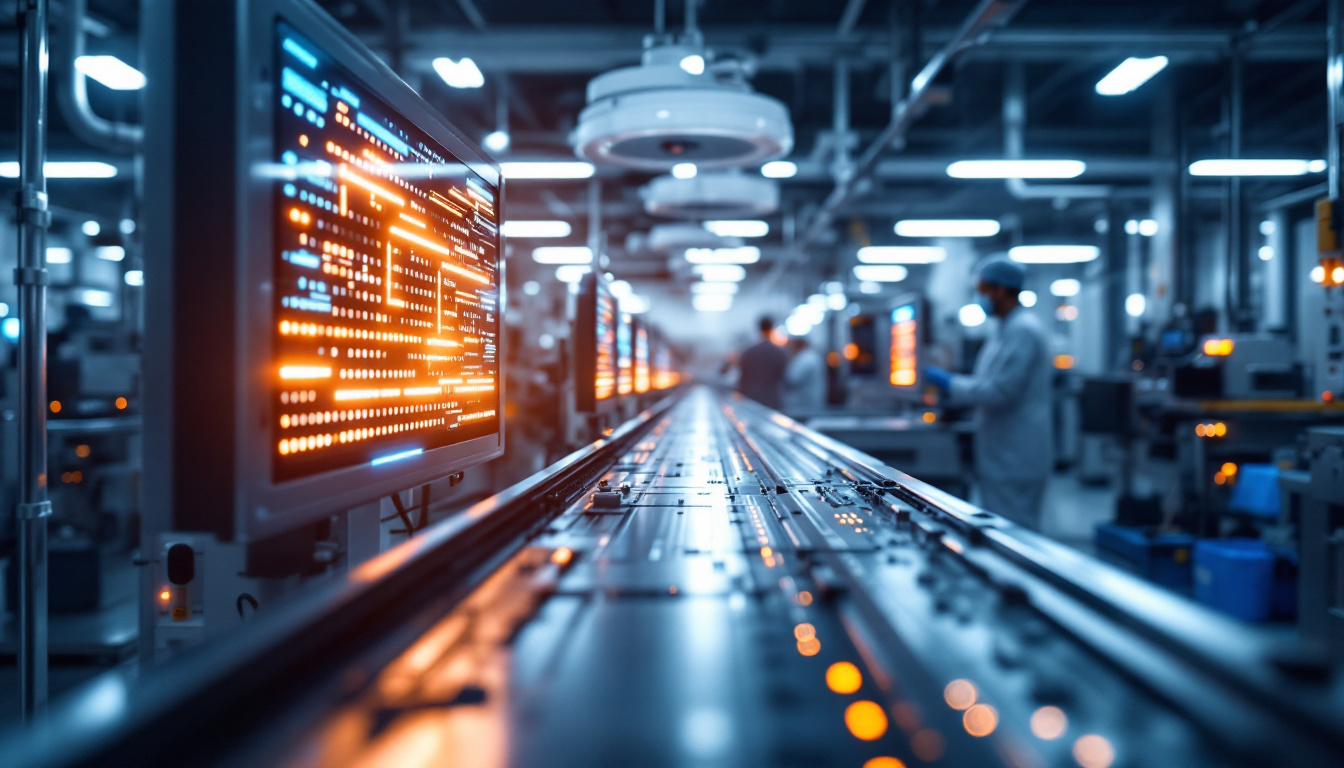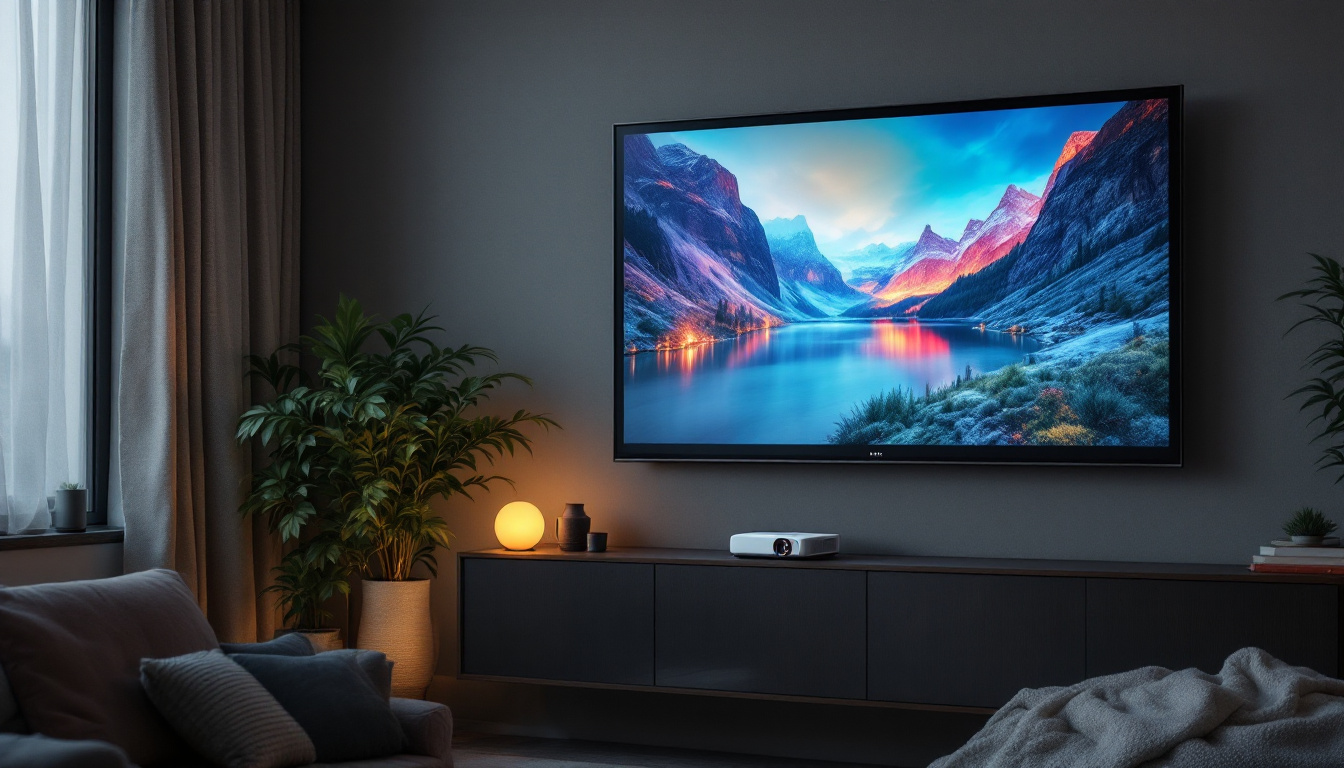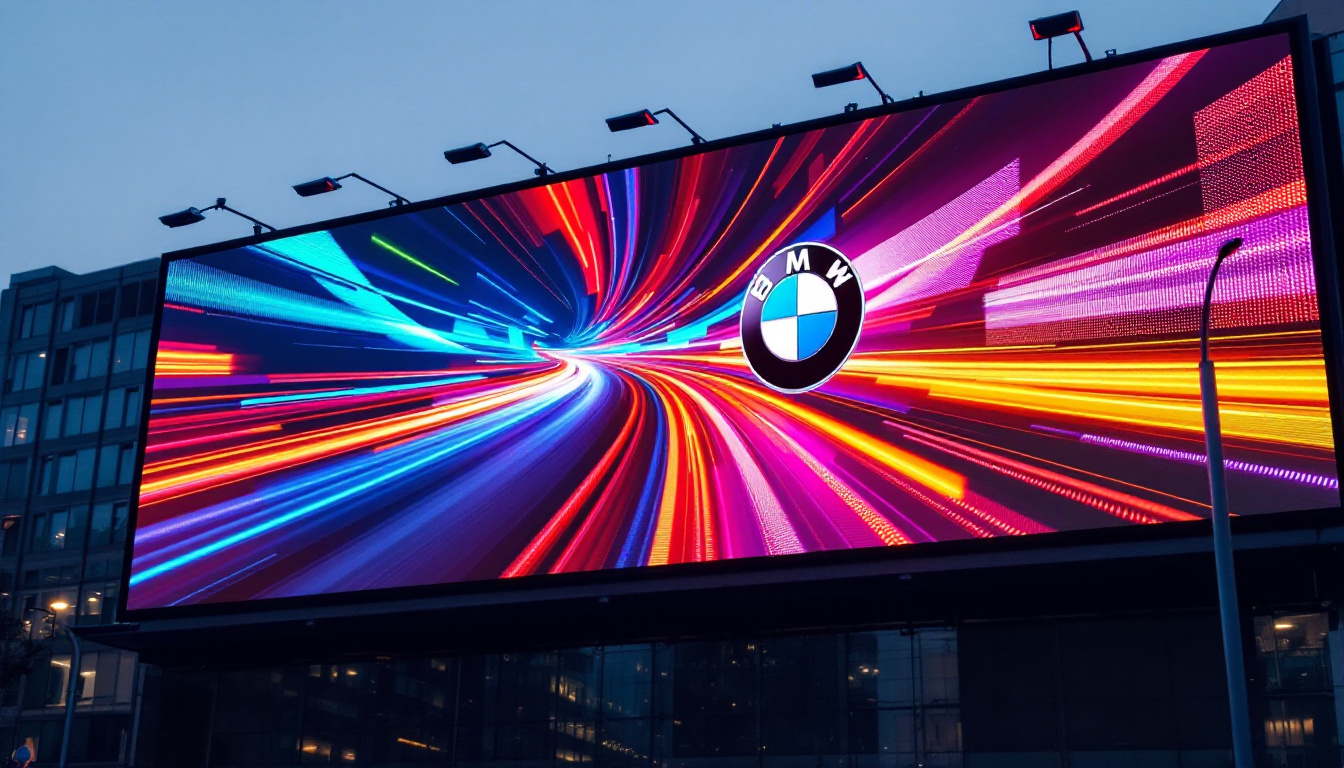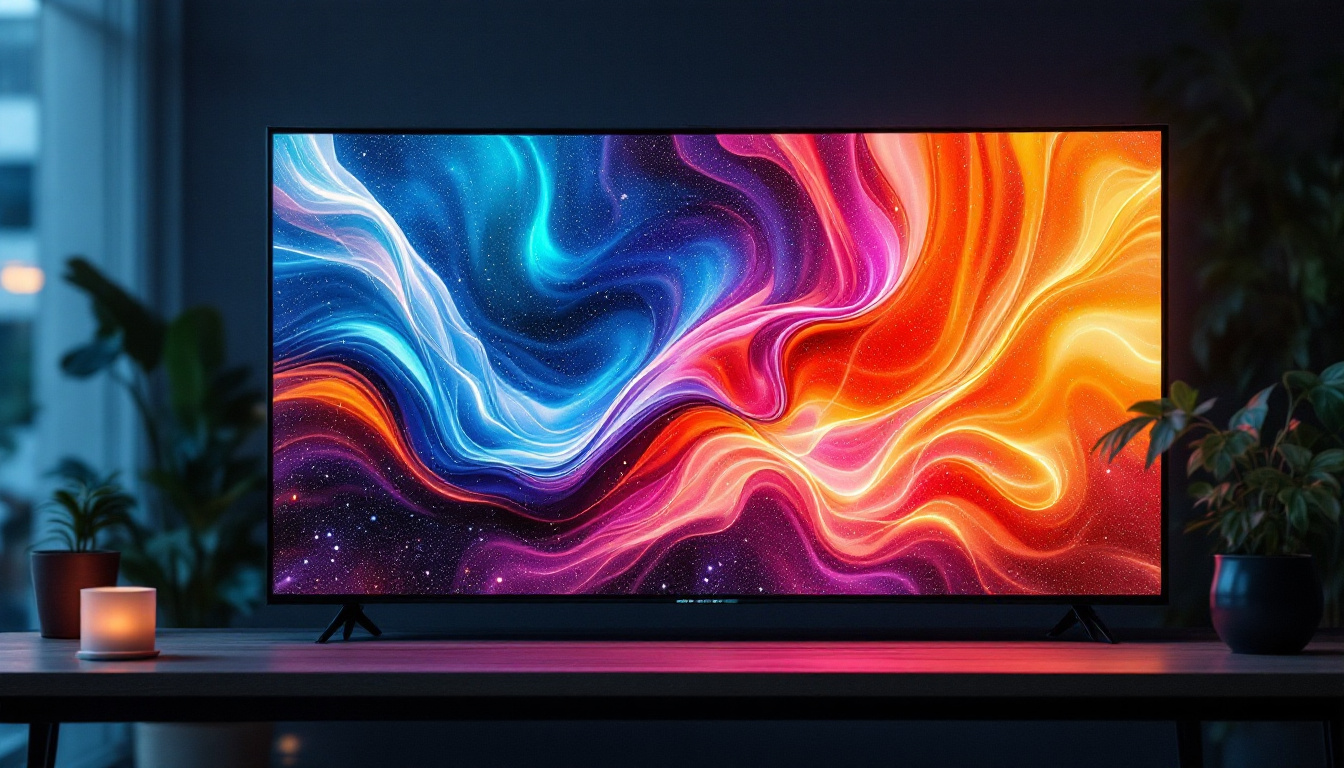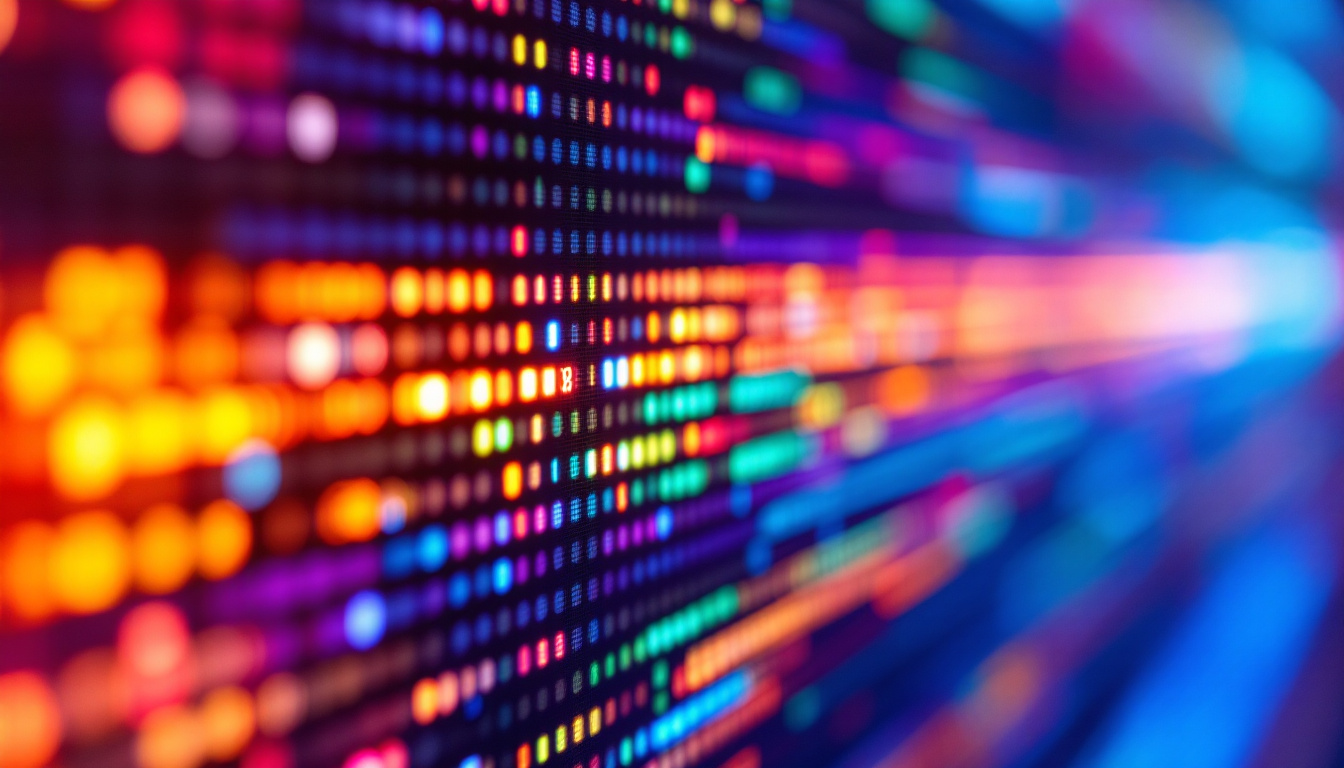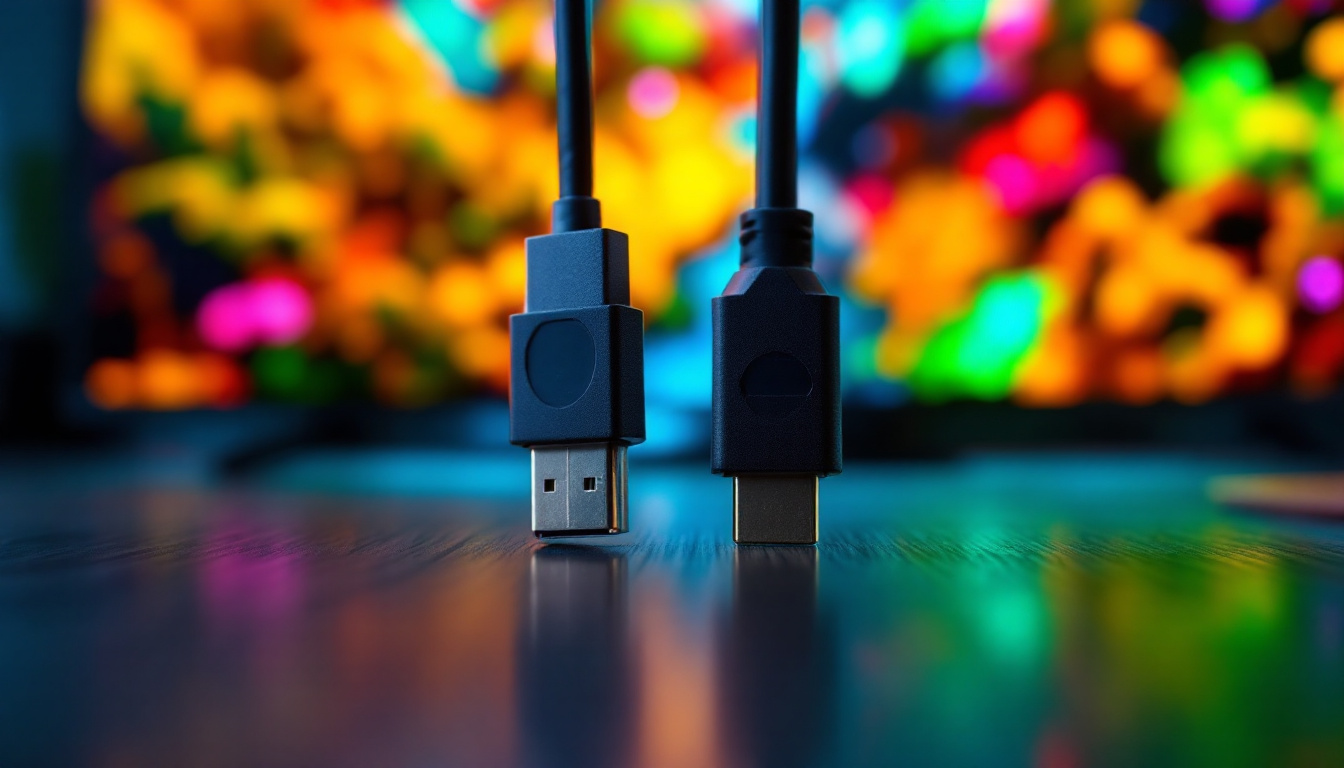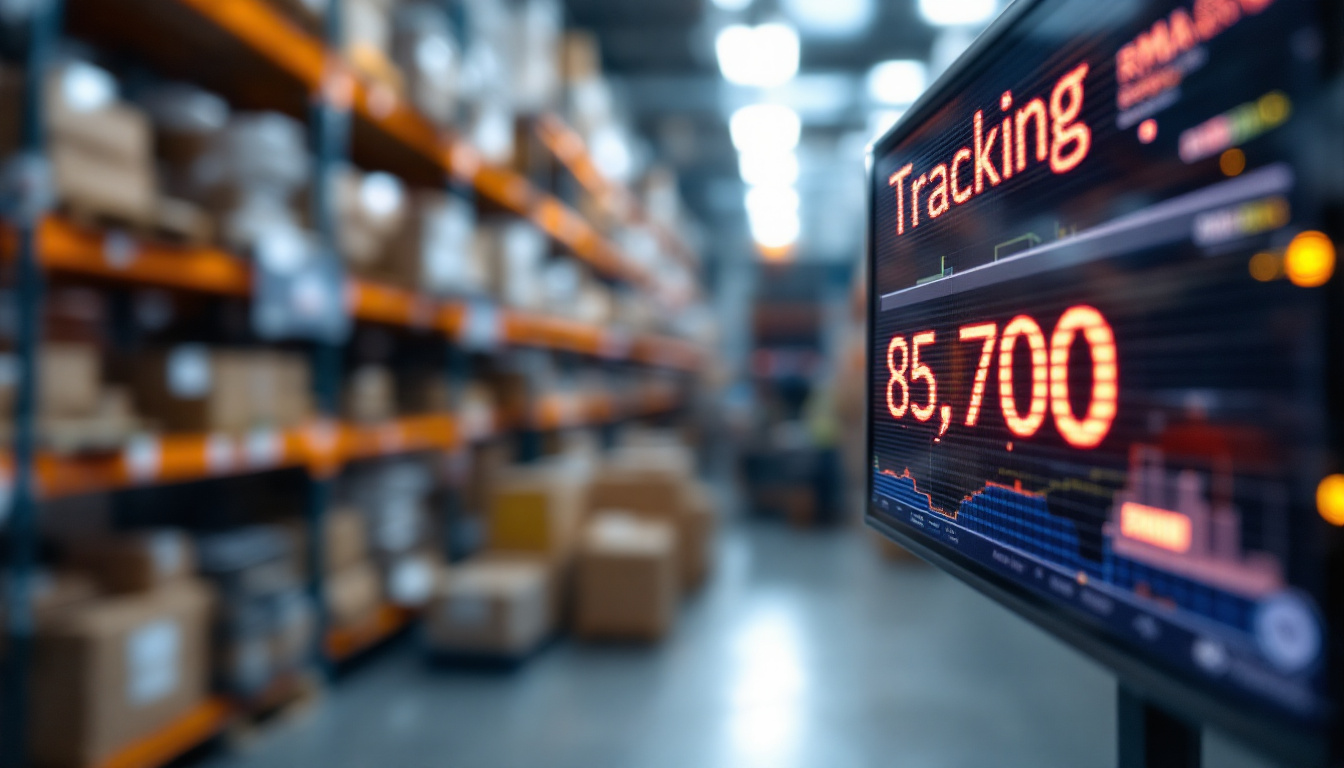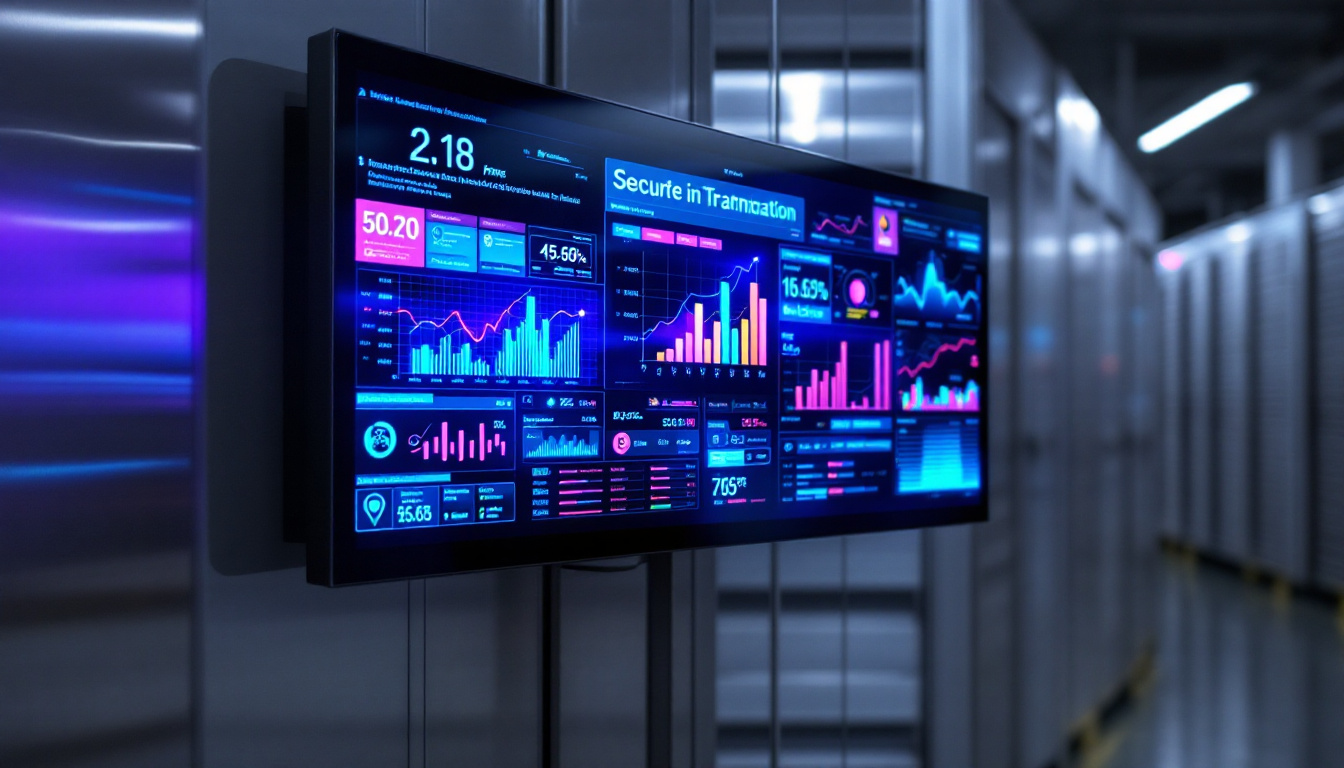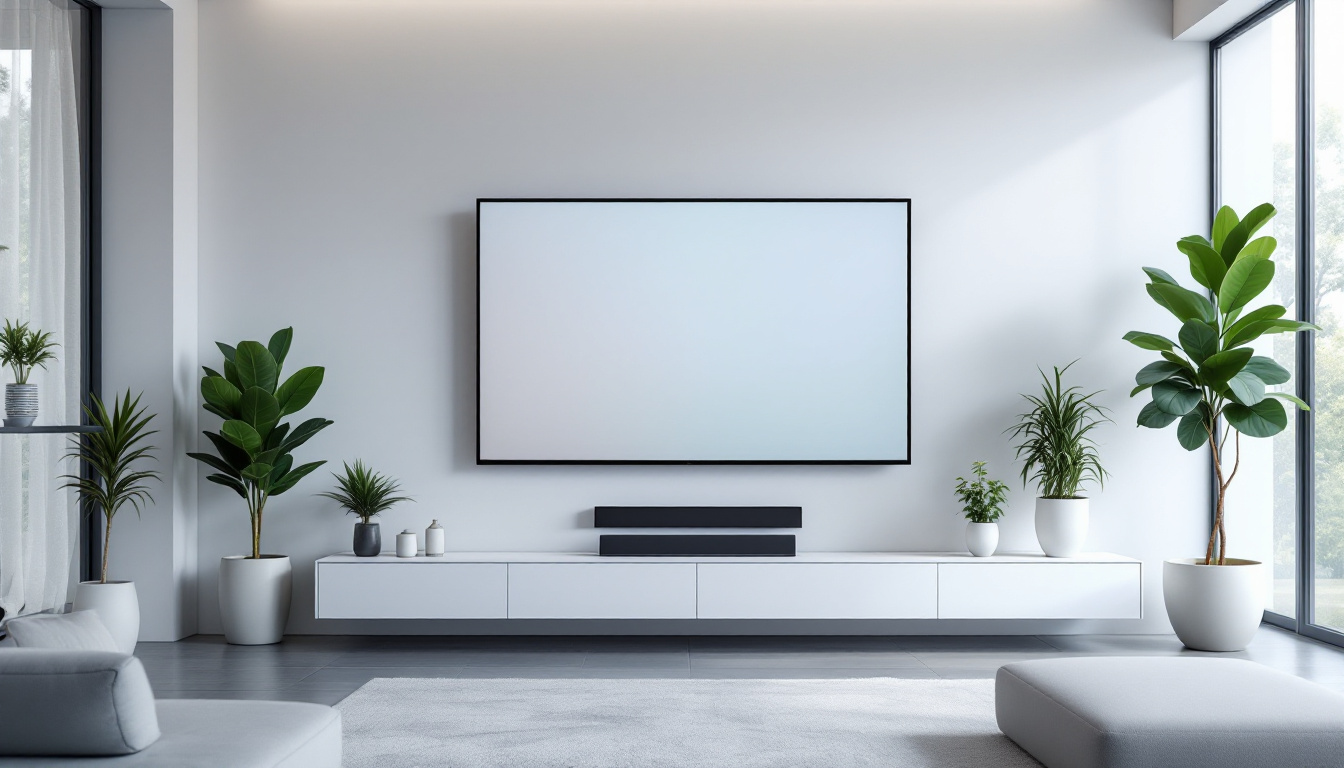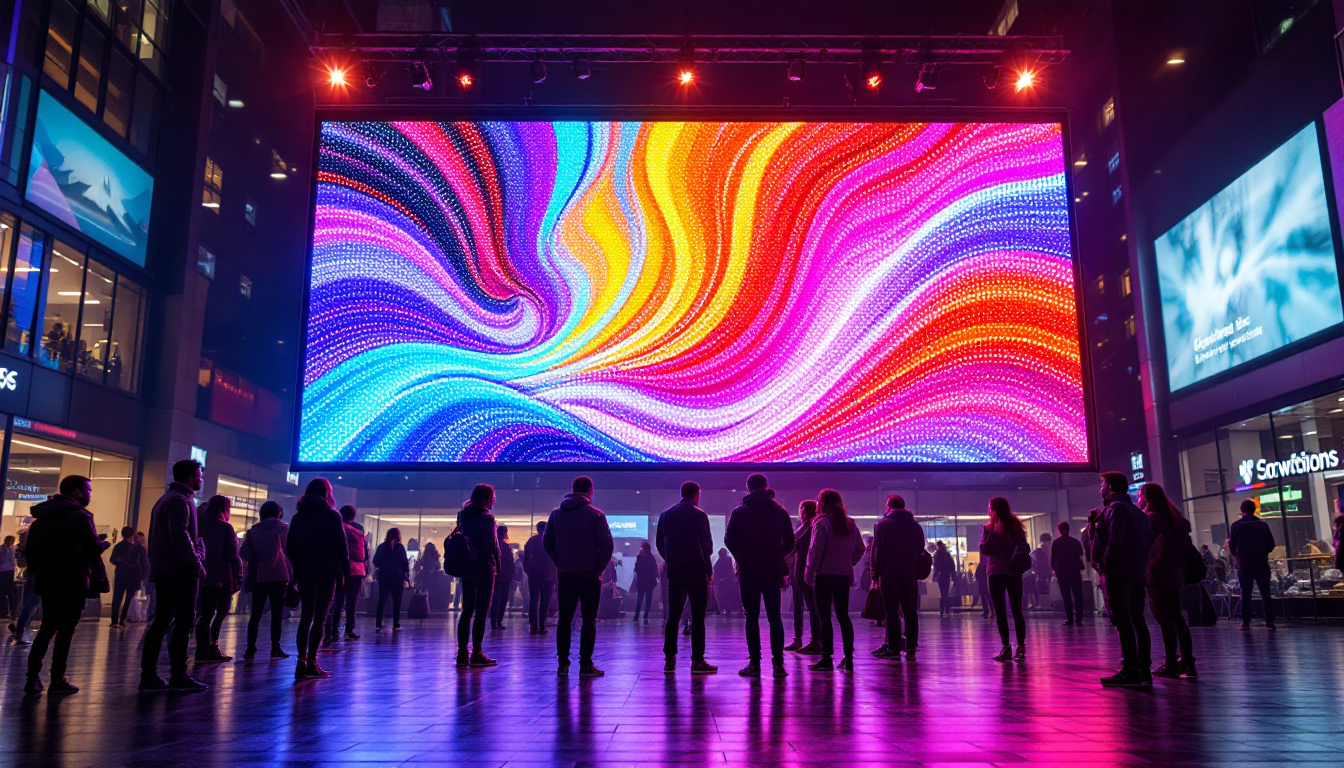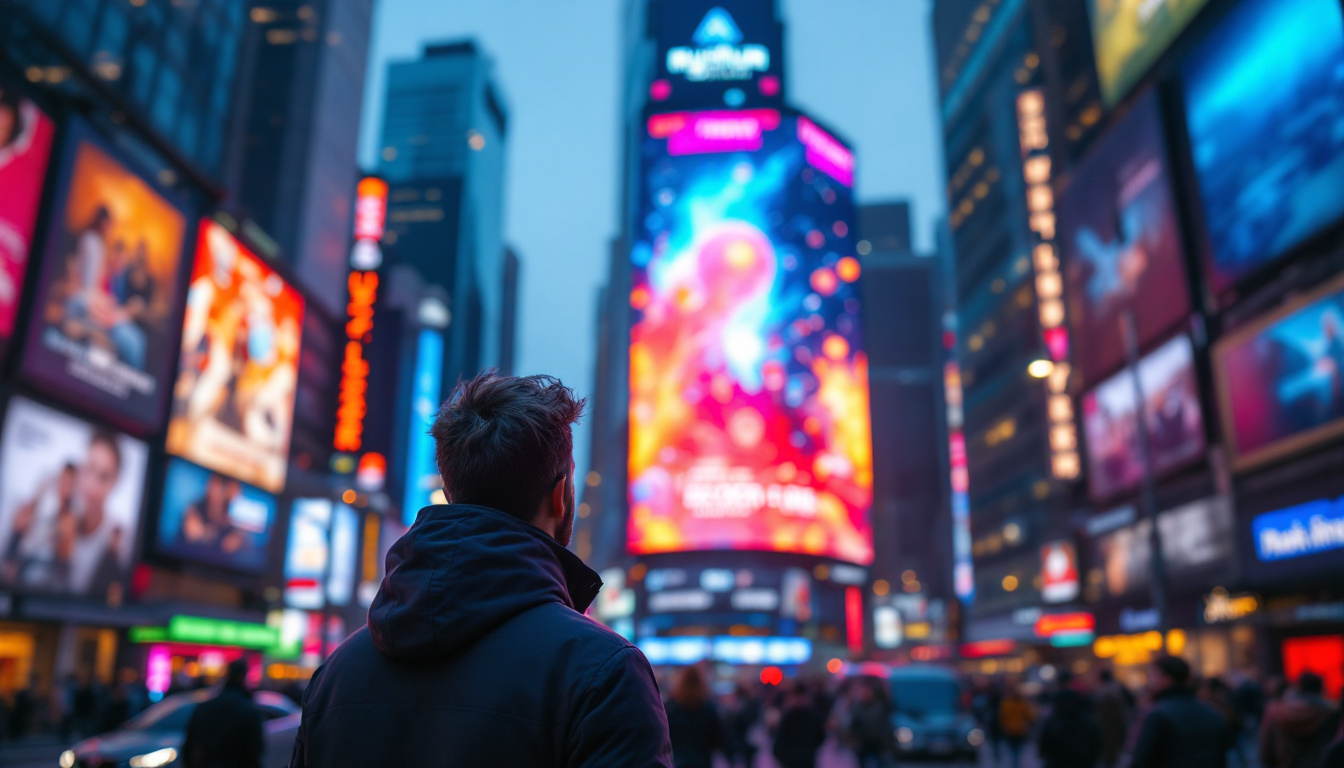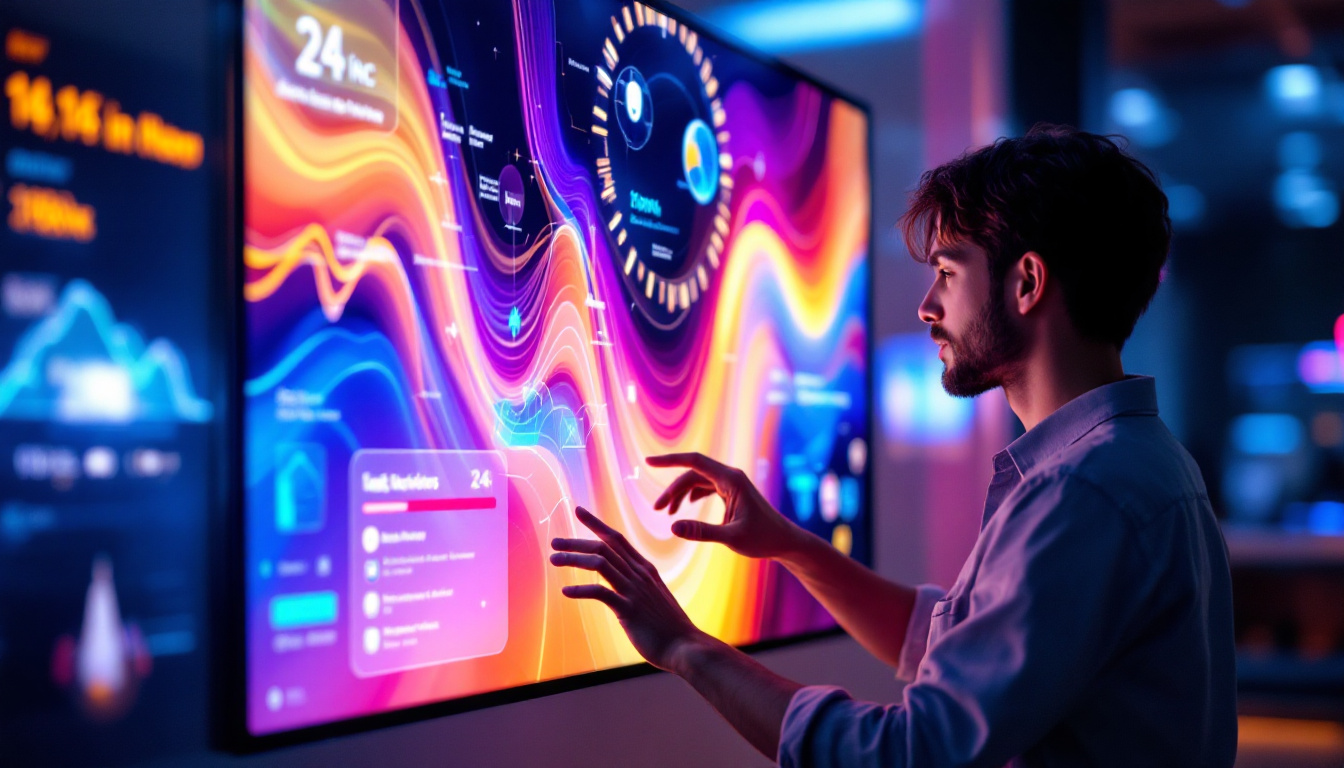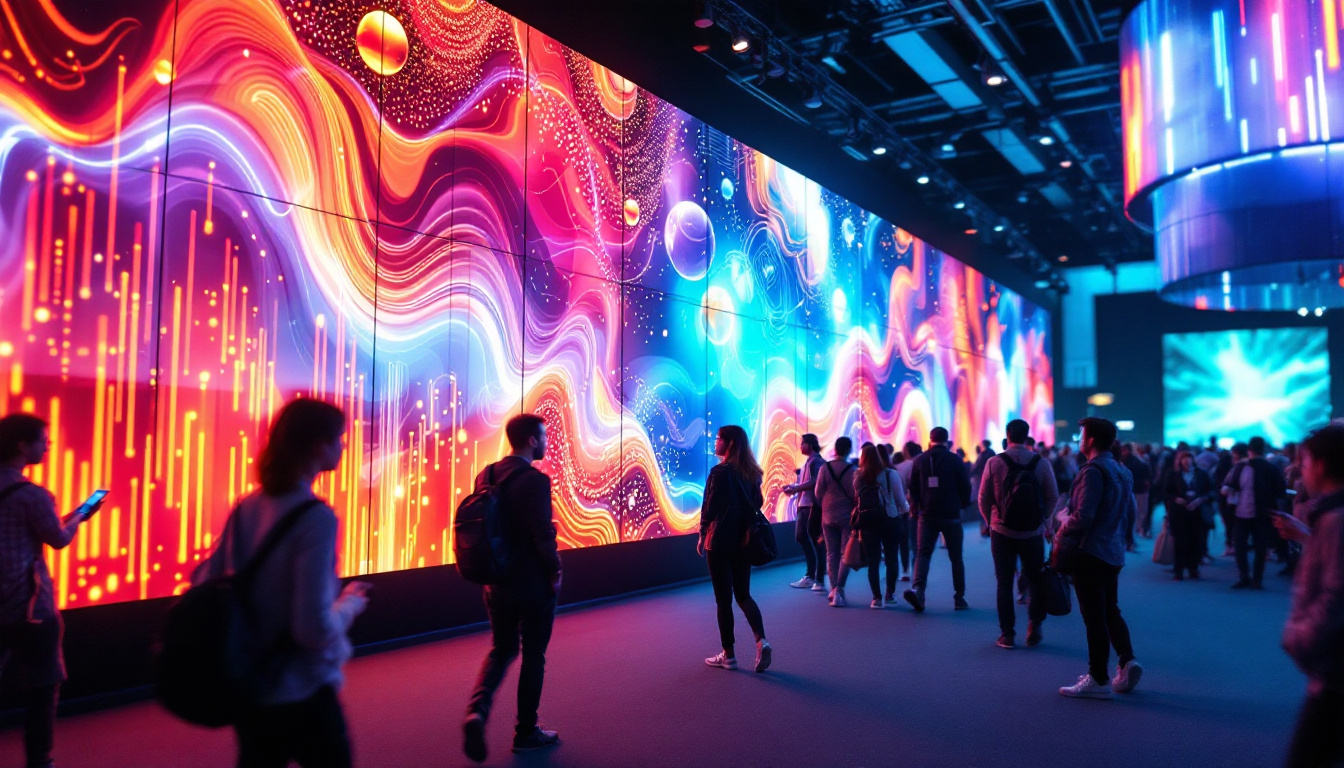In the realm of modern interior design and advertising, LED displays have emerged as a revolutionary medium for showcasing images and messages. These vibrant screens have transformed walls into dynamic canvases, offering a unique blend of technology and artistry. This article delves into the intricacies of LED displays, exploring their functionality, applications, and the advantages they bring to various environments.
Understanding LED Displays
LED, or Light Emitting Diode, displays are electronic screens that utilize semiconductor technology to produce light. Unlike traditional screens that rely on liquid crystal displays (LCD) or cathode ray tubes (CRT), LED displays offer superior brightness, contrast, and energy efficiency. This makes them particularly appealing for both indoor and outdoor applications. The versatility of LED technology has led to its widespread adoption in various industries, from advertising to entertainment, and even in the realm of smart home devices.
The Technology Behind LED Displays
At the core of LED technology is the ability of diodes to emit light when an electric current passes through them. In LED displays, thousands of these tiny diodes are arranged in a grid format. Each diode can emit different colors, allowing for the creation of a full spectrum of images. The combination of red, green, and blue (RGB) diodes enables the display to render vivid colors and intricate details. This color mixing capability is crucial for applications that require precise color reproduction, such as digital signage and high-definition video displays.
Moreover, advancements in technology have led to the development of various types of LED displays, including OLED (Organic LED) and Mini LED. These innovations provide even greater flexibility in terms of design and functionality, catering to a wide range of user preferences. For instance, OLED displays are known for their deep blacks and high contrast ratios, making them ideal for home theaters and mobile devices, while Mini LED technology enhances backlighting in LCD screens, improving overall picture quality and energy efficiency.
Types of LED Displays
LED displays can be categorized into several types based on their application and design. The most common types include:
- Indoor LED Displays: These are designed for use in controlled environments, such as shopping malls, conference rooms, and theaters. They typically have a higher pixel density, allowing for clearer images viewed from a closer distance. This makes them perfect for presentations and advertisements where detail is key.
- Outdoor LED Displays: Built to withstand harsh weather conditions, outdoor displays are larger and more robust. They feature higher brightness levels to ensure visibility in direct sunlight. These displays are often used for billboards, sports arenas, and public events, where they need to capture the attention of passersby from a distance.
- Transparent LED Displays: These innovative displays allow light to pass through, making them ideal for storefronts and exhibition spaces where visibility is crucial. They create a unique viewing experience by blending digital content with the physical environment, allowing for creative advertising solutions that engage customers without obstructing their view of the products behind the display.
In addition to these types, there are also flexible LED displays that can be bent or shaped to fit unconventional spaces, further expanding the possibilities for designers and advertisers. These displays can be used in creative installations, such as art exhibits or immersive environments, where traditional screen shapes would be limiting. The continuous evolution of LED technology promises even more exciting developments in the future, as manufacturers strive to enhance performance, reduce costs, and create new applications for this versatile display technology.
Applications of LED Displays
The versatility of LED displays has led to their adoption across various sectors. From advertising to art installations, the applications are vast and varied.
Advertising and Marketing
One of the most prominent uses of LED displays is in advertising. Retailers and businesses leverage these vibrant screens to capture the attention of potential customers. The ability to display dynamic content, such as videos and animations, makes LED displays an effective tool for engaging audiences.
Furthermore, LED displays can be programmed to change content based on time of day or audience demographics, allowing for targeted marketing strategies. This adaptability enhances the effectiveness of advertising campaigns, driving foot traffic and increasing sales.
Art and Entertainment
In the realm of art, LED displays have opened new avenues for creativity. Artists are now able to integrate technology into their work, creating immersive installations that captivate viewers. From interactive displays to large-scale projections, the possibilities are endless.
In entertainment venues, LED displays enhance the overall experience. Concerts, theater productions, and sporting events utilize these screens to provide real-time information, visuals, and effects that elevate the audience’s engagement.
Corporate and Educational Settings
In corporate environments, LED displays serve as powerful communication tools. They can be used for presentations, digital signage, and even as part of a company’s branding strategy. The clarity and vibrancy of the images make information easy to digest, facilitating better understanding among employees and clients.
Similarly, educational institutions are increasingly incorporating LED displays into classrooms and auditoriums. These screens can aid in teaching by providing visual aids, enhancing student engagement, and making learning more interactive.
Advantages of LED Displays
The growing popularity of LED displays can be attributed to their numerous advantages over traditional display technologies. Understanding these benefits can help businesses and individuals make informed decisions regarding their use.
Energy Efficiency
One of the most significant advantages of LED displays is their energy efficiency. Compared to traditional lighting technologies, LEDs consume significantly less power, leading to reduced energy bills. This not only benefits the environment but also provides cost savings over time.
Additionally, the longevity of LED displays is noteworthy. With a lifespan of up to 100,000 hours, they require less frequent replacements, further contributing to their cost-effectiveness.
High Brightness and Contrast
LED displays are renowned for their high brightness levels and contrast ratios. This makes them ideal for various lighting conditions, including bright outdoor environments. The ability to maintain image quality in different settings ensures that content remains visible and impactful.
Moreover, the superior contrast allows for deeper blacks and more vibrant colors, enhancing the overall viewing experience. This is particularly important in applications where image quality is paramount, such as in advertising and art installations.
Flexibility and Customization
Another compelling advantage of LED displays is their flexibility in design and installation. They can be customized to fit any space, whether it’s a small retail store or a large stadium. Modular designs allow for seamless integration into existing structures, providing a tailored solution for every need.
Furthermore, the content displayed on these screens can be easily updated or changed, allowing for dynamic messaging that can adapt to various campaigns or events. This level of customization ensures that the display remains relevant and engaging over time.
Challenges and Considerations
Despite their many advantages, LED displays also come with certain challenges that potential users should consider. Understanding these challenges can help in making informed decisions about their implementation.
Initial Costs
The initial investment for LED displays can be significant, particularly for high-quality models. While the long-term savings on energy and maintenance can offset these costs, businesses must weigh the upfront expenses against their budget and projected return on investment.
It’s essential to conduct a thorough cost-benefit analysis to determine whether the benefits outweigh the initial financial outlay. This analysis should take into account factors such as expected usage, content strategy, and audience engagement.
Technical Complexity
LED displays often require specialized knowledge for installation and maintenance. This can pose challenges for organizations that lack in-house technical expertise. Engaging with professional installation services can mitigate these issues, but it may also add to the overall cost.
Furthermore, as technology evolves, staying updated with the latest advancements in LED display technology may require ongoing training and investment. Organizations must be prepared to adapt to these changes to maximize the benefits of their displays.
Future Trends in LED Display Technology
The future of LED display technology is promising, with several trends poised to shape its evolution. Keeping an eye on these developments can provide insights into the future of visual communication.
Integration with Smart Technology
As smart technology continues to permeate various aspects of life, LED displays are increasingly being integrated with smart systems. This allows for enhanced functionality, such as remote content management, real-time analytics, and interactive features that engage users more effectively.
For businesses, this means the ability to tailor content dynamically based on audience behavior or environmental factors, leading to more effective communication strategies.
Advancements in Display Quality
Ongoing research and development in display technology are leading to improvements in image quality. Innovations such as MicroLED and MiniLED are set to enhance brightness, color accuracy, and energy efficiency even further.
These advancements will not only improve the viewing experience but also expand the potential applications of LED displays in various industries, from healthcare to entertainment.
Sustainability Initiatives
With growing awareness of environmental issues, the LED display industry is increasingly focusing on sustainability. This includes the development of eco-friendly materials, energy-efficient technologies, and recycling programs for old displays.
As consumers become more environmentally conscious, businesses that adopt sustainable practices in their use of LED displays may find themselves at a competitive advantage.
Conclusion
LED displays have revolutionized the way images and messages are communicated, offering a dynamic and engaging medium for various applications. Their energy efficiency, high brightness, and flexibility make them an attractive option for businesses, artists, and educators alike.
While challenges such as initial costs and technical complexity exist, the benefits of LED displays far outweigh these concerns for many users. As technology continues to evolve, the future of LED displays looks bright, promising even more innovative solutions for visual communication.
In a world where first impressions matter, investing in LED display technology can provide a significant edge, transforming walls into vibrant, eye-catching canvases that captivate and engage audiences.
Illuminate Your Space with LumenMatrix
Ready to elevate your environment with the cutting-edge LED technology discussed in this article? LumenMatrix is at the forefront of LED display innovation, offering a wide array of solutions tailored to your needs. Whether you’re looking to enhance your business’s brand visibility, create immersive art installations, or engage students in a dynamic learning experience, our Indoor and Outdoor LED Wall Displays, Vehicle LED Displays, and more are designed to captivate and impress. Experience the transformative power of LED displays and make a lasting impression. Check out LumenMatrix LED Display Solutions today and see how we can illuminate your space with brilliance.

